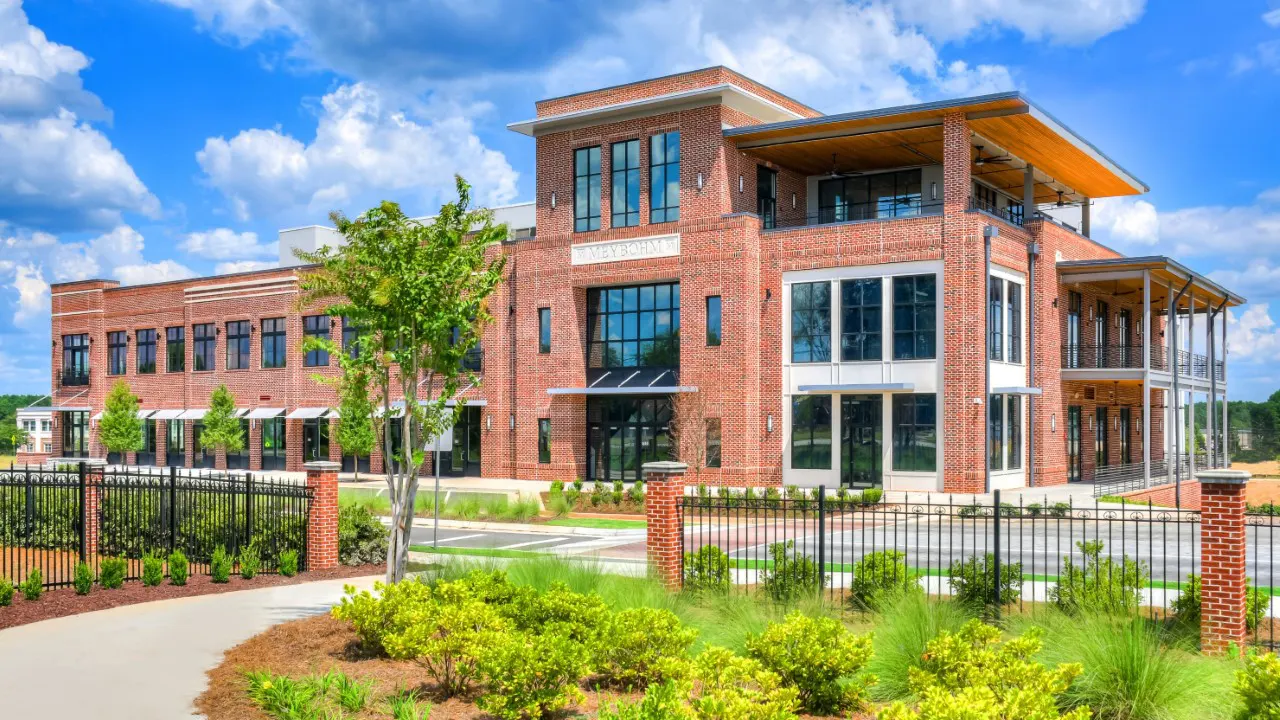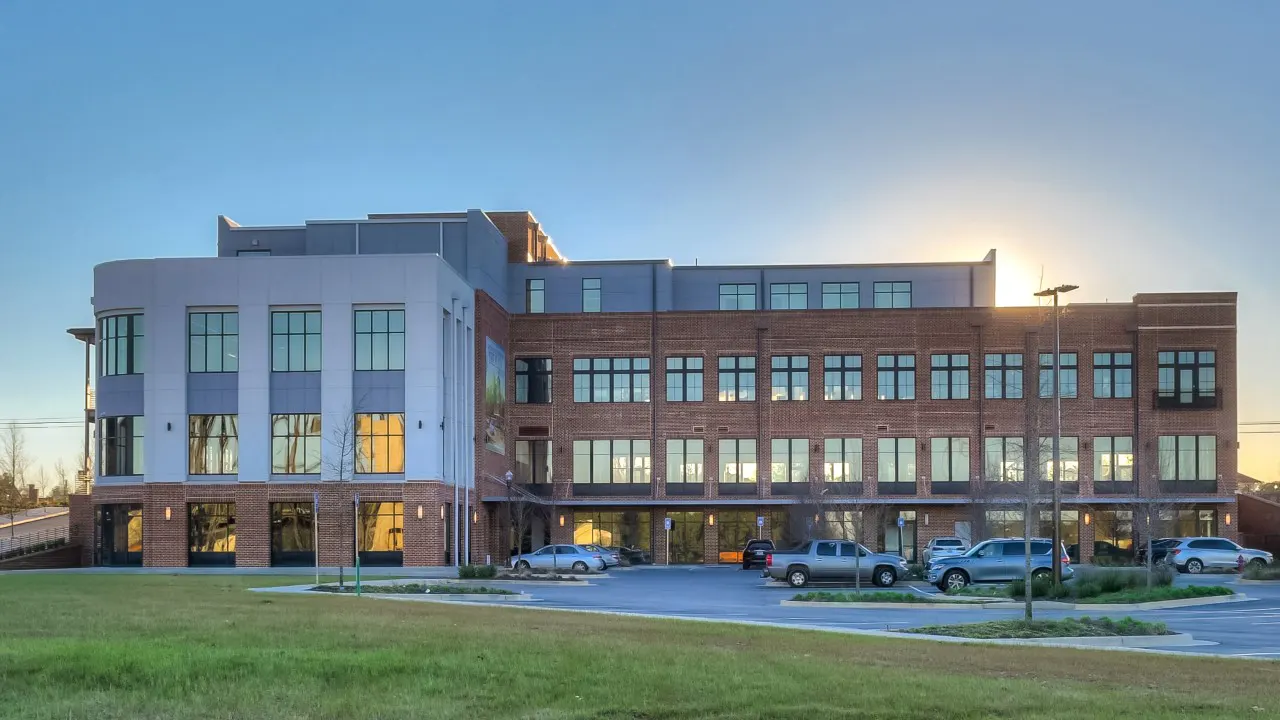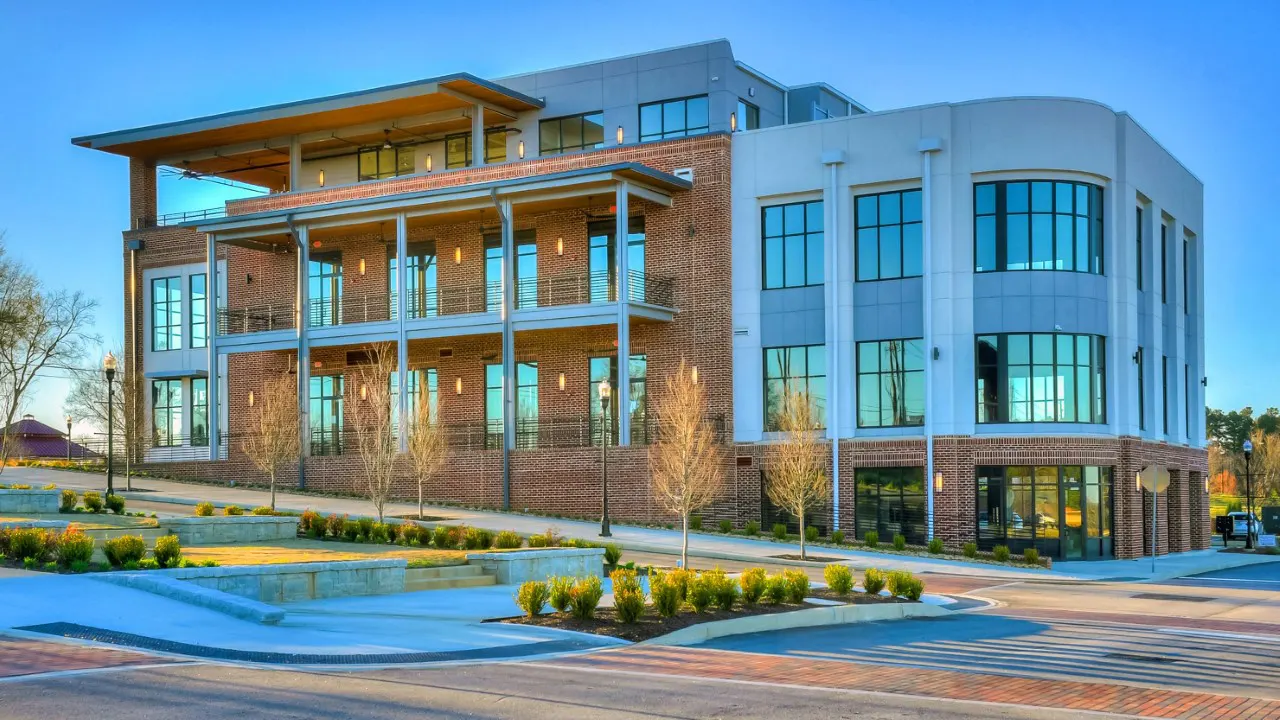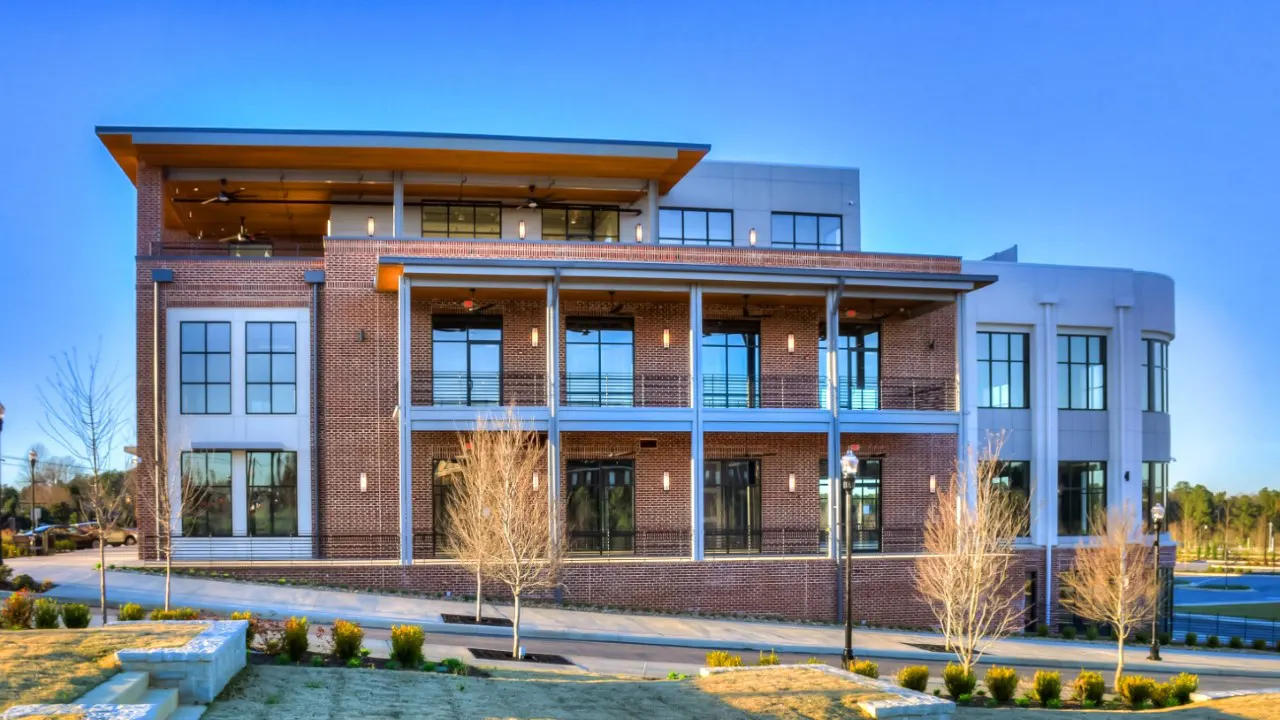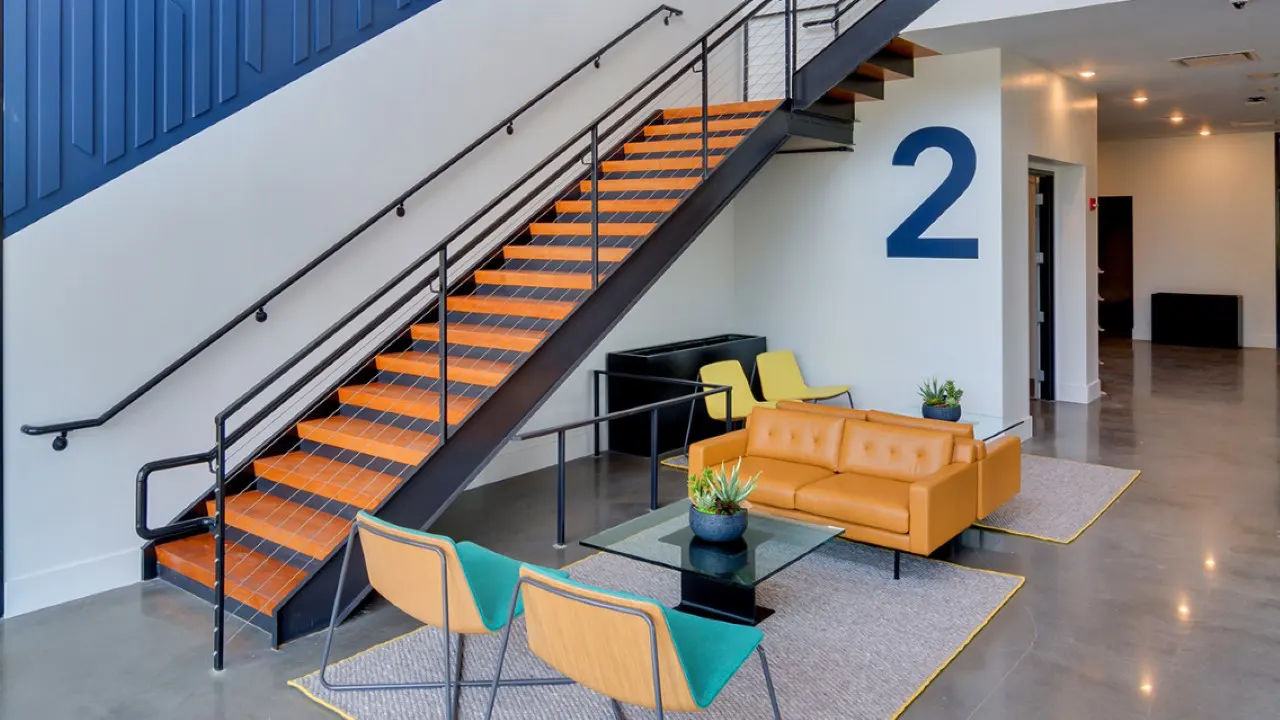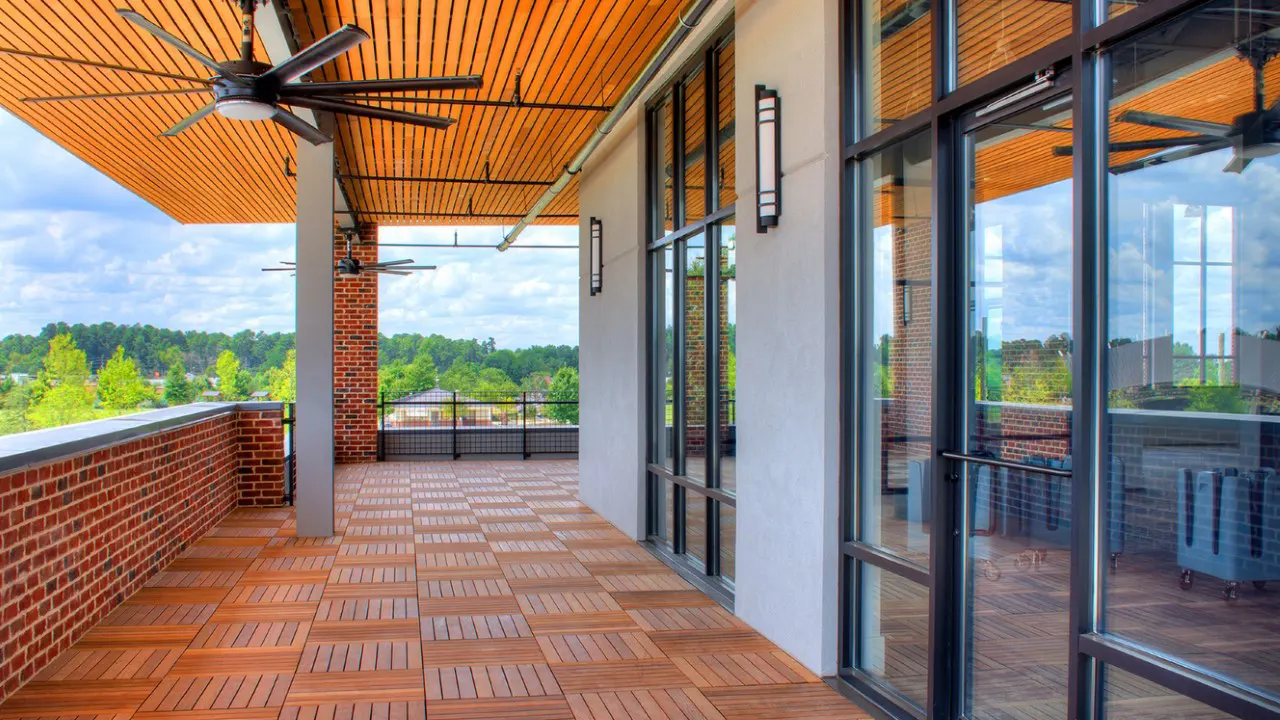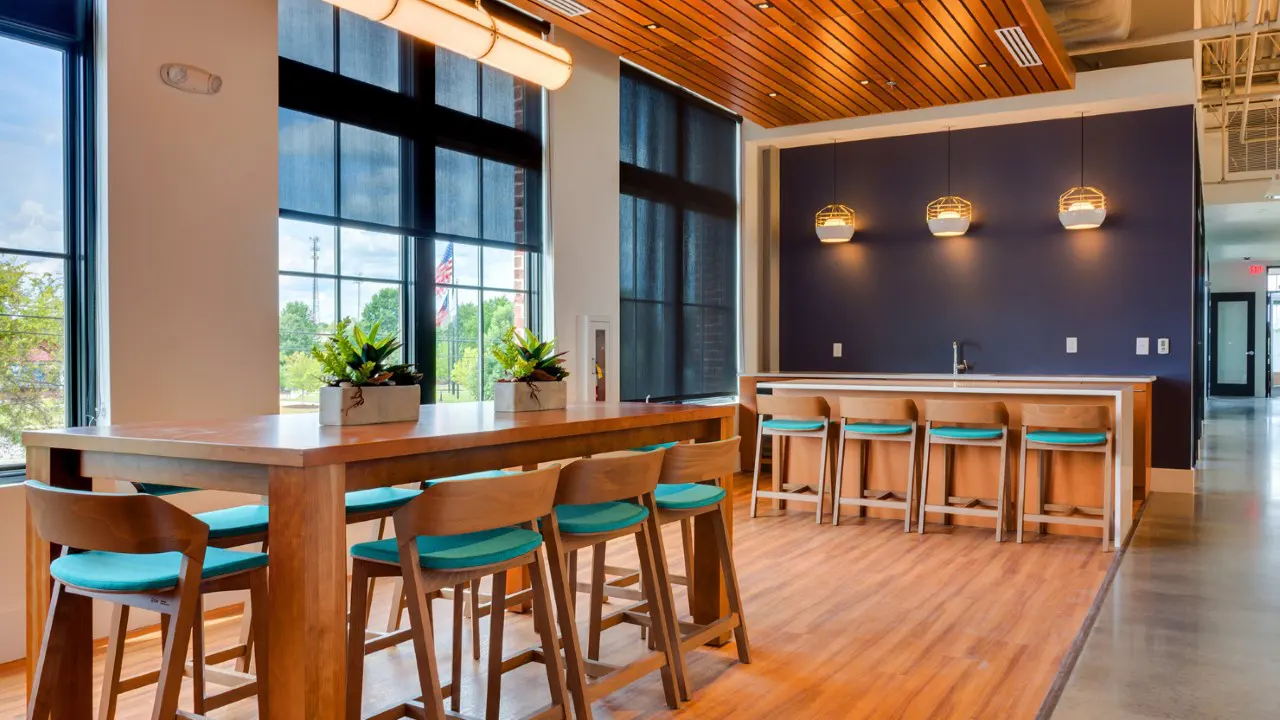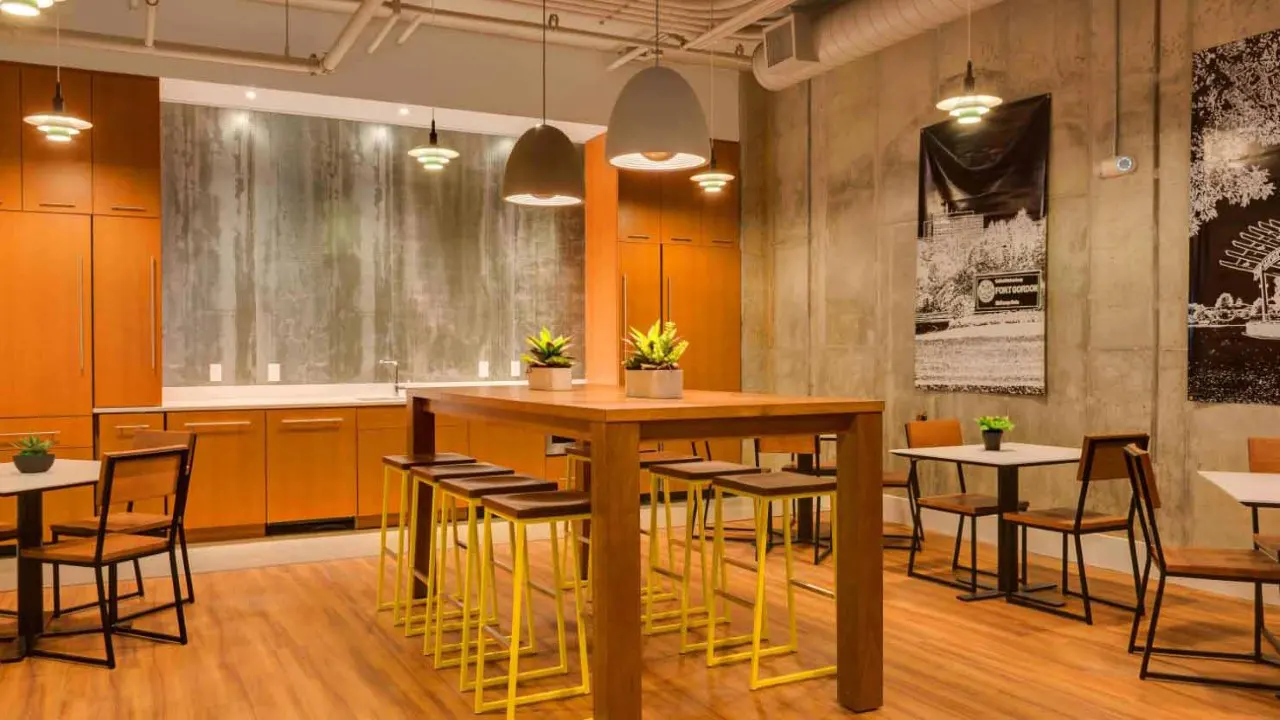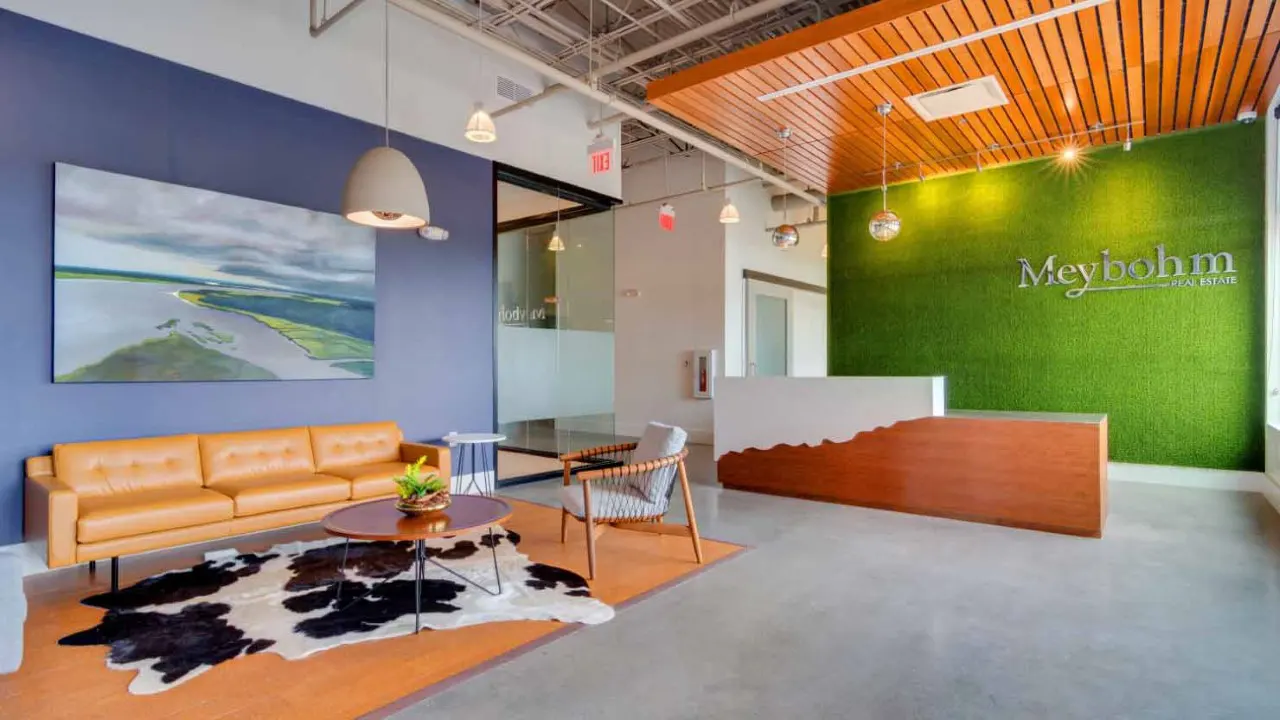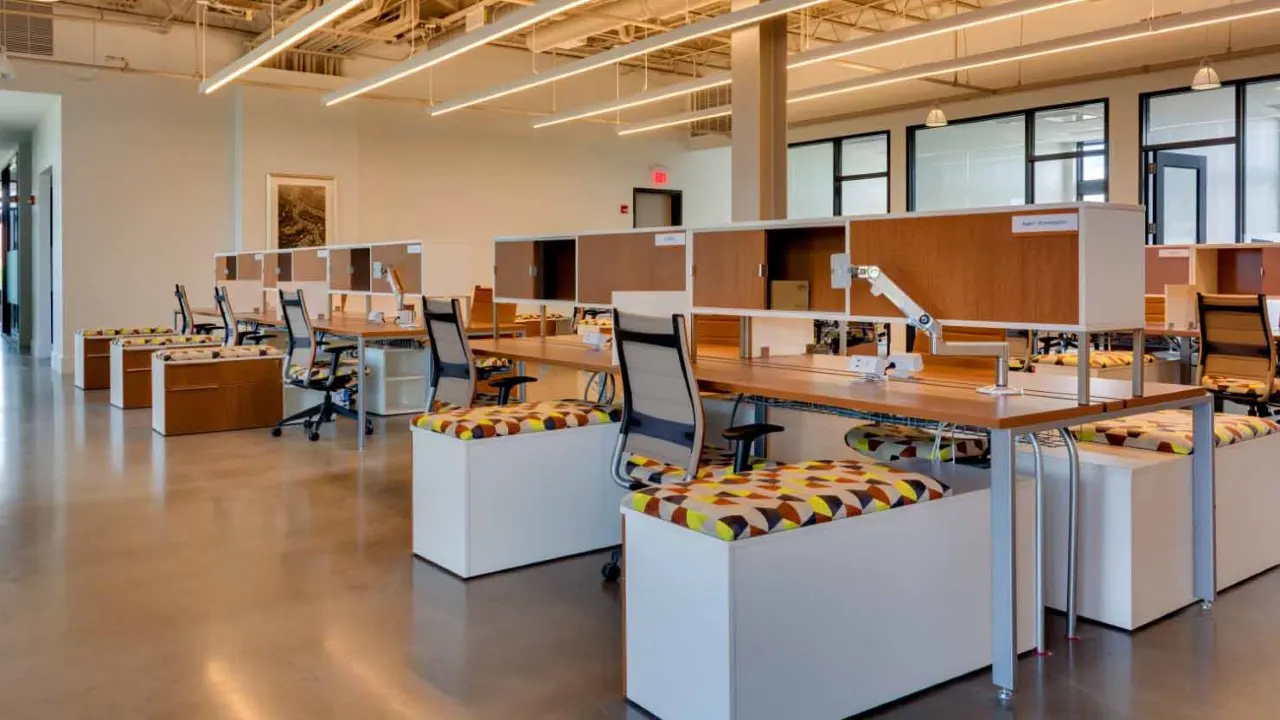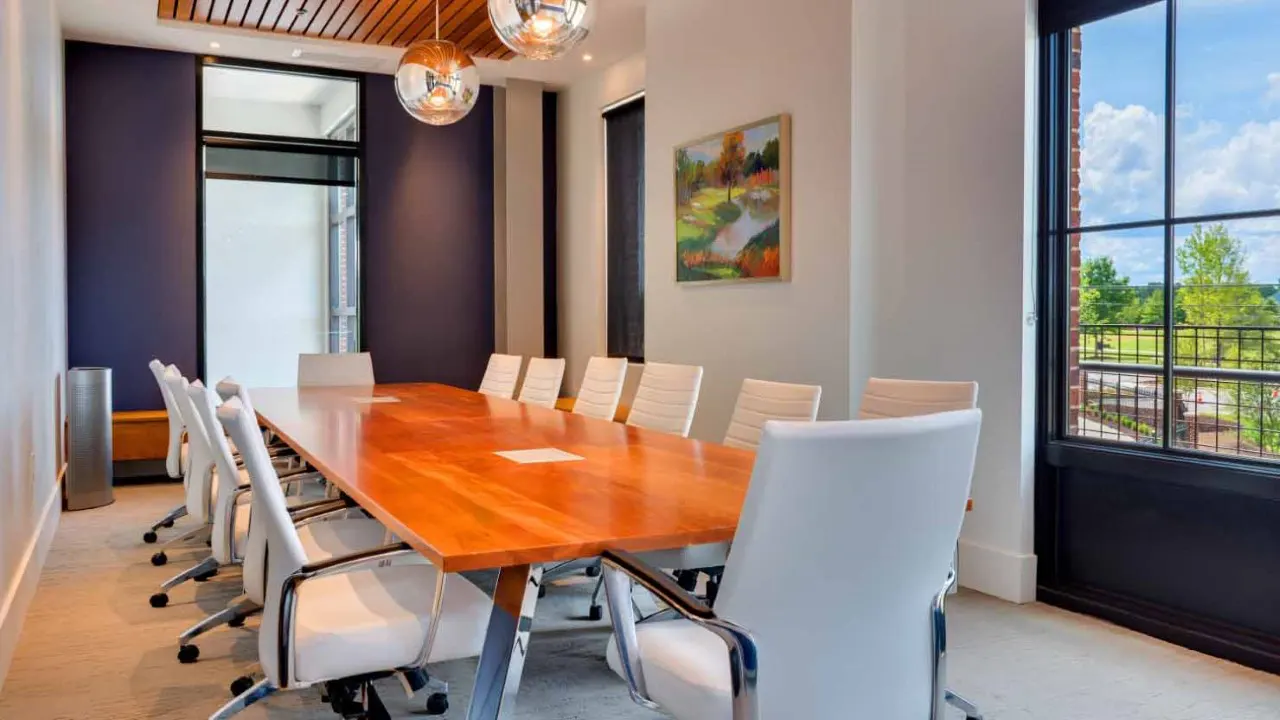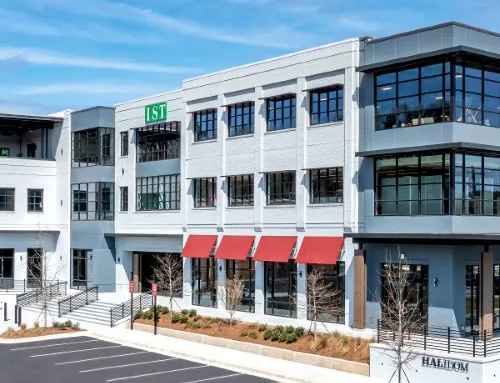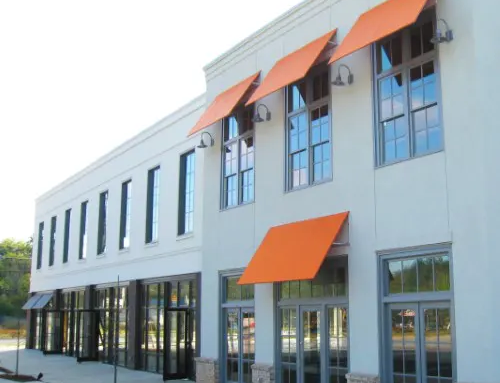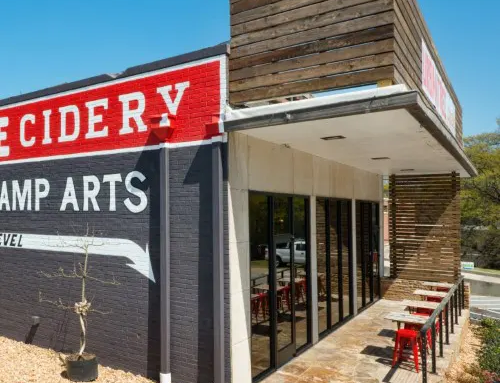Details:
Highlights:
Description:
As the first building and anchor of the Evans Town Center development, The Meybohm Building sets the tone of the development with a mix of “main street” and industrial building characteristics. The program for the 58,000 square feet called for 15,000 square feet of office space for the Meybohm Company to consolidate their training center, new homes division, relocation services, and all offices into one space complete with conference rooms, breakrooms, and a classroom. The remaining square footage will be occupied by retail and restaurants.
As the keystone building for the soon-to-be new walkable city core of Evans, the project needed to set the scale and design tone for the overall Town Center development. As the first of many buildings in the growing Town Center, the facility’s design was tasked with being exemplary as to having mixed uses (retail, multiple restaurants and event function areas along with some 22,000 square of “new generation” office space) and, importantly, introducing a hip, urban vibe and enjoyable streetscapes to Evans. The look of the building needed to be contextually appropriate but done so with a high degree of freshness.
The first step in achieving these challenges was the Meybohm Building’s placement on the site. The design understands its very prominent and important corner site, and responds via its L-shape footprint which tightly hugs both thoroughfares, creating street-level retail and restaurant uses that activate the sidewalks. Parking for the building and service entries are tucked behind the building. Along the south facing elevation fronting the Town Center’s main boulevard, the design provides a two-level industrial-inspired covered porch. At street level, this porch serves potentially two restaurants, and its upper porch floor serves office tenants. At level four/roof level, the building continues to acknowledge its corner site and view opportunities with its large-scaled-covered rooftop event terrace, a key visual feature to the design.
The challenge of introducing a building exterior that provided a proper mix of visually-recognizable regional context with contemporary components was met by embracing the architectural heritage of the brick warehouse and industrial buildings found nearby and then layering into that framework contemporary and innovative materials, massing variations, and contrasting colors.

